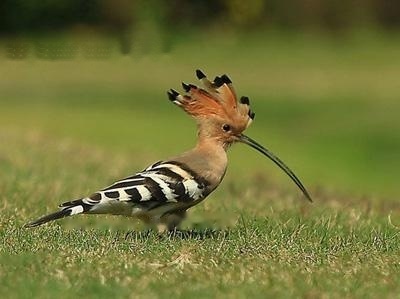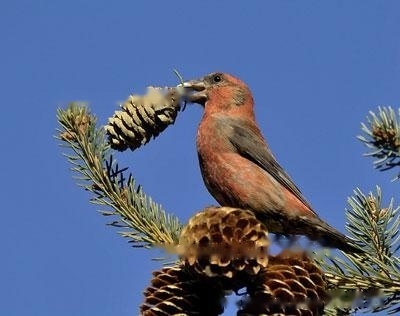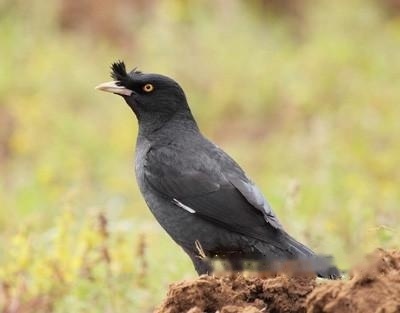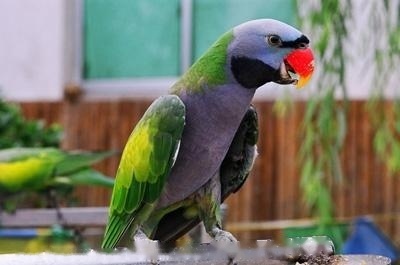The size of the finches is neither large nor small, and the length of the finches is usually about 19cm in adulthood . Its appearance is not as eye-catching as other birds, but it has always been one of the traditional Chinese caged birds and is very popular.
This species is hermaphroditic and nearly colored. Adults are black in the first eye, at the base of the mouth and in a very small area of the jaw; the top of the head and cheeks are brown, and the feathers gradually deepen from the top of the head to the back of the head, and the occiput is darker brown and the feathers of the cheeks are darker. There is a certain contrast; the neck has a wide circle of gray feathers, the rear is broad and the front is narrow, like a shawl; the feathers on the shoulders and back are tawny brown, obviously darker than the gray rain area of the neck.
The loin feathers are lighter skin yellow; the upper tail coverts are brown; the tail feathers are concave, roughly the same color as the upper tail coverts, and are also brown, but the outermost two tail feathers are brown and brilliant blue Metallic luster, and the tail feathers are slightly white; the wing coverts are white or yellow, forming a broad longitudinal white spot on the wings, which contrasts sharply with the dark brown feathers on the shoulders; the flight feathers are black and show brilliant blue. Non-ferrous metallic luster, like quenched iron, some of the primary flight feathers are specialized, the feather tip is square, and the inner tip is notched.
The ends of the secondary flight feathers are square, which makes the ends of the wings of this species appear a serration-like shape when they are folded, as if they were clipped, which is also the reason for other birds. It does not have the characteristics; the lower body is light brown and white as the base color from the gray area of the neck, the chest, upper abdomen, and both flanks are all light brown, the lower abdomen and tail coverts are pure white, and the iris is brown; the beak is thick, It is gray with metallic luster and has a tin-like texture, which is also the reason for the name of this species; foot pink. Adult females are slightly greyer than males. The sub-adult is a darker version of the adult bird with fine brown stripes on the breast and flanks, wavy in flight.




